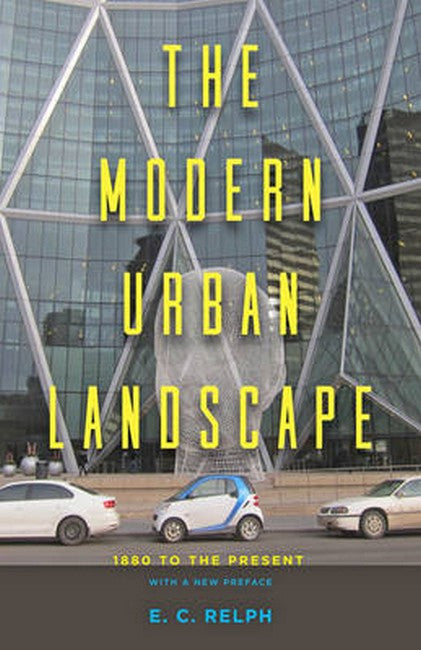For E. C. Relph, the landscape of late twentieth-century cities must be envisioned as a total environmentnot just streets and buildings but billboards and parking meters as well. The Modern Urban Landscape traces the developments since 1880 in architecture, technology, planning, and society that have formed the visual context of daily life. Each of these shaping influences is often viewed in isolation, but Relph surveys the ways in which they have operated independently to create what we see when we walk down a street, shop in a mall, or stare through a windshield on an expressway.
Two sets of ideas and fashions, Relph argues, have had an especially important impact on urban landscapes in the twentieth century. An ""internationalism"" made possible by new building technologies and design ideologies has replaced regional style and custom as the dominant feature of city appearance, while a firm belief in the merits of self-consciousness has imposed logical analysis and technical manipulation on such commonplace objects as curbstones and park benches. ""As a result,"" writes Relph, ""the modern urban landscape is both rationalized and artificial, which is another way of saying that it is intensely human.""
This edition features a new preface in which the author identifies the major visible changes in urban landscapes over the past thirty years, including destination architecture, coffee shops, condominium towers, revitalized downtown streets, and the creation of edge cities. He also considers the less visible yet pervasive impacts associated with the emergence of electronic technologies and sustainable development.

